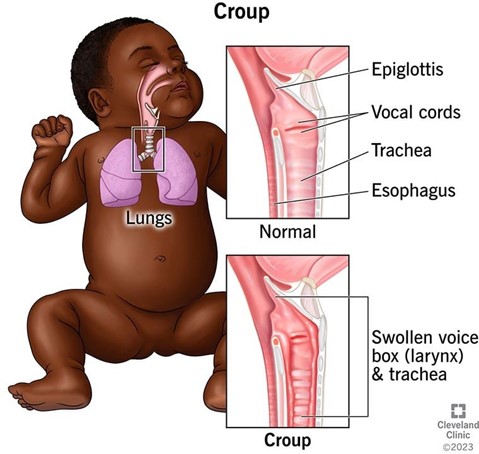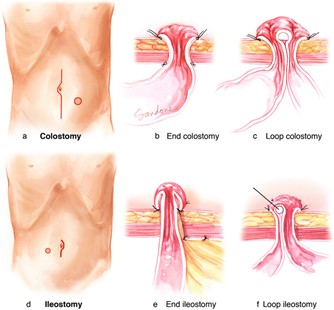In assessing a 2-year-old boy with croup, the practical nurse (PN) finds that he has become increasingly irritable and has developed tachypnea and resting stridor. Which intervention is best for the PN to implement?
Instruct the mother to play with the child for stimulation and distraction.
Administer a dose of acetaminophen as needed.
Monitor the child's oxygen saturation level via pulse oximetry.
Encourage the child to drink adequate amounts of fluids.
The Correct Answer is C
Croup is a respiratory infection that causes inflammation and narrowing of the airway, resulting in a barking cough, hoarseness, and stridor. The PN should monitor the child's oxygen saturation level via pulse oximetry, as it can indicate the severity of the airway obstruction and the need for supplemental oxygen or other interventions.

The other options are not correct because:
A. Instructing the mother to play with the child for stimulation and distraction may worsen the child's condition, as it can increase his respiratory demand and anxiety.
B. Administering a dose of acetaminophen as needed may help reduce fever or pain, but it does not address the underlying cause of croup or improve airway patency.
D. Encouraging the child to drink adequate amounts of fluids may help prevent dehydration and thin the secretions, but it does not relieve the inflammation or narrowing of the airway.
Nursing Test Bank
Naxlex Comprehensive Predictor Exams
Related Questions
Correct Answer is A
Explanation
This is the best action for the PN to implement because it addresses the client's question and provides an opportunity to educate the client about fecal diversion surgery and its outcomes. The PN should review the type, location, and appearance of the surgical opening (stoma) and explain how it will affect the client's elimination and body image.

B. Verifying that the client had nothing by mouth (NPO) for the past 24 hours is not relevant to the client's question and does not provide any information or support.
C. Asking the client if he finished the bowel sterilization prescription is not relevant to the client's question and does not provide any information or support.
D. Determining if this is the first indwelling catheter the client has had is not relevant to the client's question and does not provide any information or support.
Correct Answer is A
Explanation
Glaucoma is a group of eye diseases that damage the optic nerve and cause vision loss. It is often associated with increased intraocular pressure, which can compress the nerve fibers and reduce blood flow to the retina. The most common type of glaucoma, open-angle glaucoma, causes gradual loss of peripheral vision.
The other options are not correct because:
- Macular edema is a condition that causes swelling and fluid accumulation in the macula, the central part of the retina that is responsible for sharp and detailed vision. It can cause blurred or distorted vision, but it does not affect the optic nerve or the peripheral vision.
- Cataract is a condition that causes clouding of the lens, which is the transparent structure that focuses light onto the retina. It can cause blurred, dim, or yellowed vision, but it does not affect the optic nerve or the intraocular pressure.
- Diabetic retinopathy is a complication of diabetes that damages the blood vessels in the retina and causes bleeding, leakage, or scarring. It can cause blurred, fluctuating, or darkened vision, but it does not affect the optic nerve or the intraocular pressure.

Whether you are a student looking to ace your exams or a practicing nurse seeking to enhance your expertise , our nursing education contents will empower you with the confidence and competence to make a difference in the lives of patients and become a respected leader in the healthcare field.
Visit Naxlex, invest in your future and unlock endless possibilities with our unparalleled nursing education contents today
Report Wrong Answer on the Current Question
Do you disagree with the answer? If yes, what is your expected answer? Explain.
Kindly be descriptive with the issue you are facing.
